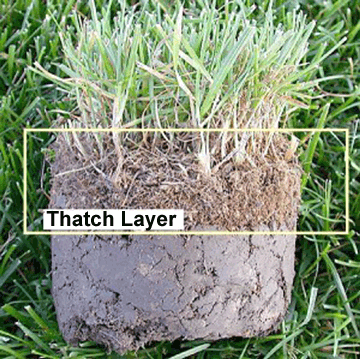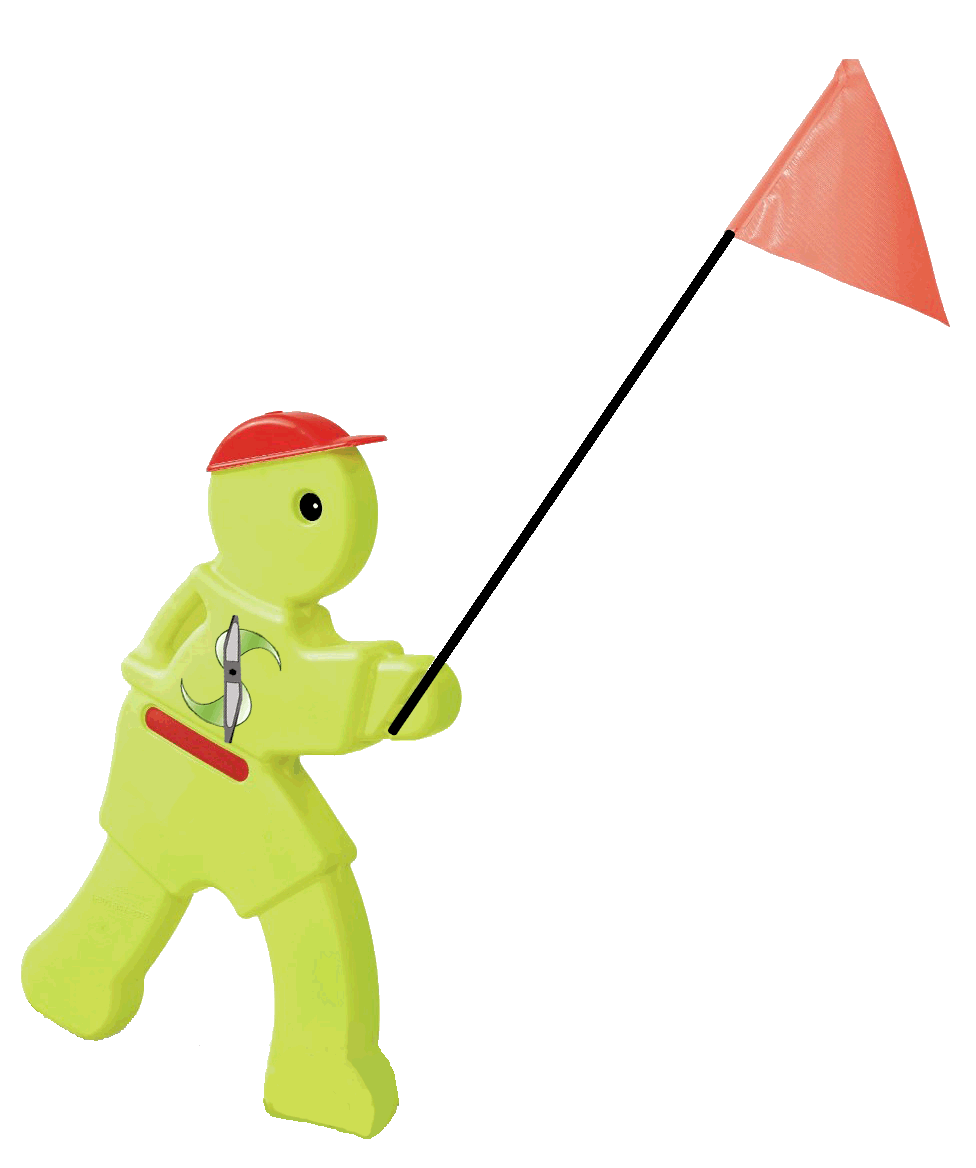Thatching
What is thatch ?
Thatch is a tightly interwoven layer of living and dead organic matter between the green vegetation and soil surface. It is composed primarily of products from stems, leaf sheaths, and roots that are fairly resistant to decay. Although a little thatch improves the wear tolerance of a lawn, excessive thatch prevents water from reaching the roots and harbors disease organisms and insects making the lawn more susceptible to damage from disease and drought.

What causes thatch development ?
Mowing infrequently or allowing grass to grow too tall before mowing, applying excessive amounts of nitrogen, compacted soil conditions leading to shallow root development and acidic soil conditions increase thatch development.
What can slow thatch development ?
Mowing - If lawns are mowed regularly so that no more than one-third of the leaf height is removed with each mowing, there is no need to bag the clippings. Small grass clippings filter down into the grass and decompose rapidly, recycling nutrients back into the lawn.
Core Aeration - Compacted soils and soils with poor drainage tend to accumulate thatch faster than well-drained soils. Core Aeration promotes better moisture and air penetration into compacted soils. It helps establish a deeper and healthier root system and also stimulates the microbial activity involved in decomposing the thatch layer. To be effective, the Core Aerator must have hollow tines or spoons that bring the cores of soil to the surface.
Lime - With acidic soil conditions, use lime to raise the soil pH to make it more alkaline.
Removing thatch from your lawn.
If your lawn thatch is right around ½”, you have a minor lawn thatch problem and should be racked. But if you’re lawn thatch layer is ¾” or more, you have a major lawn thatch problem, for which you’ll need the aid of a vertical mower.
Thatching is not a pretty process. There is an old saying, "Out of chaos comes harmony." Well this stands true with thatching. Once your lawn is thatched, you will need to start the recovery process. The deeper the blades cut into your lawn, the more stress, and hence, the greater the recovery time for your lawn. In short, your lawn can look pretty bad after a deep power thatching. Thatching should be done just prior to the grass's prime growing season (early spring or fall), then it can recover quickly.
Call Glasgow Lawn Care for your thatch problem and your lawn will bounce back and love you once again.
Our goal is 100% Customer Satisfaction.
(302) 740-3102
We Offer Quality Service At Affordable Prices !









